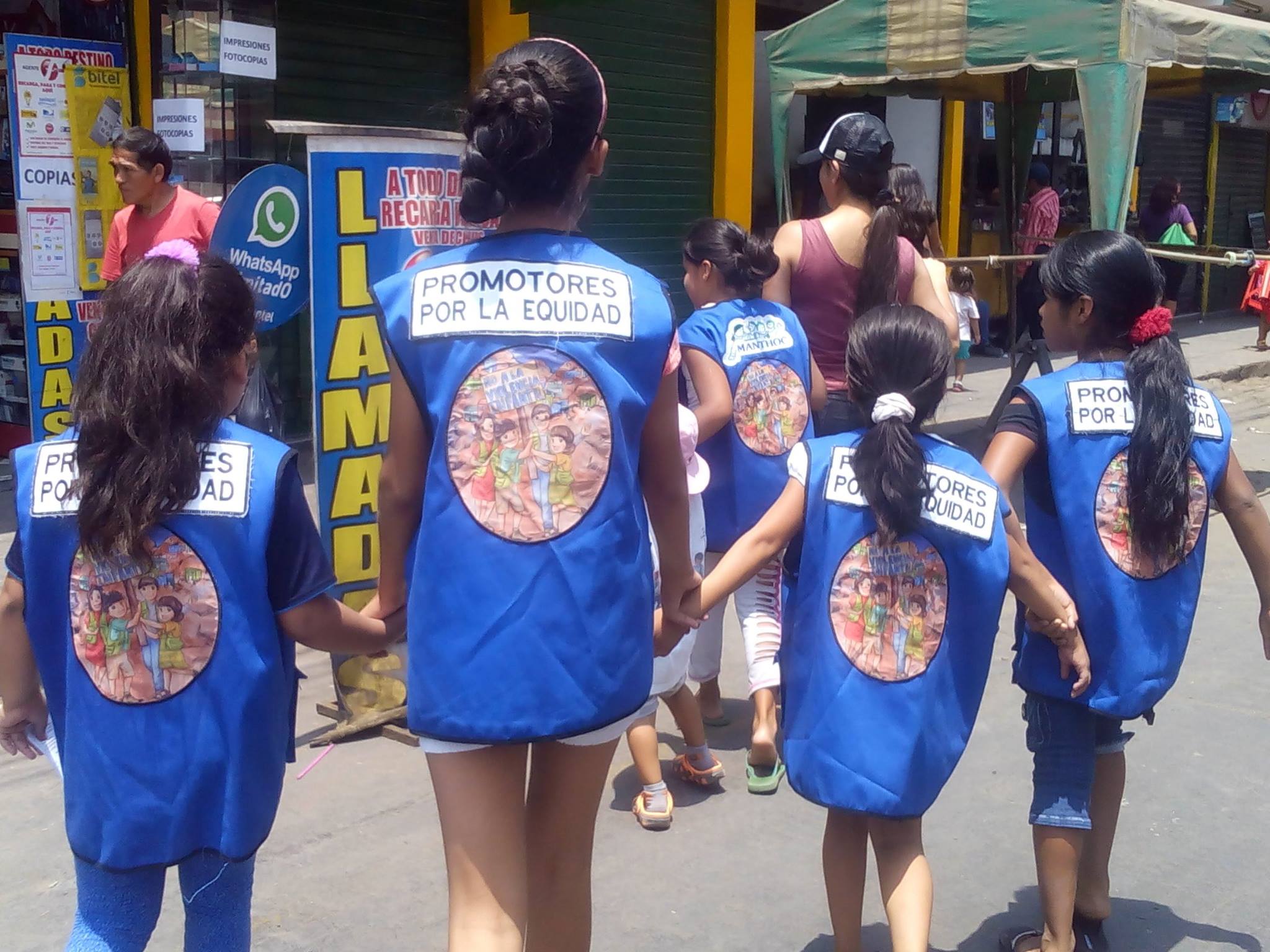Jessica Taft examines Peruvian working children’s views on child work – as well as their broader political vision
Working children’s movements around the world have tried to gain a voice in the international policy conversation, but they have not been adequately listened to. Ethnographic research with the Peruvian movement of working children sheds important light on what they say and do regarding work, rights, the economy, and politics

“Is that trabajo digno?”: How working children’s movements support children’s activism against exploitation
“Si al trabajo digno, no a la explotación!” This phrase—translated as “yes to dignified work, no to exploitation!”—is emblazoned on banners, chanted in the streets, and found in many declarations and proclamations written by Movements of Working Children and Adolescents (NATs – Niños y Adolescentes Trabajadores) from across Latin America. But what does it mean? And how do these movements challenge and resist exploitation?
In my ethnographic research with the Peruvian movement of working children, I observed a group of NATs discussing this topic. They drew pictures, created skits, and talked together about what conditions they thought made work dignified and what conditions were unjust and exploitative, eventually creating a poster that listed their ideas about these two categories. Under “trabajo digno”, the group wrote: “they pay you well”, “they don’t mistreat you”, “good bosses”, “you are there voluntarily”, “it gives you benefits in your life”, “it looks out for your health”, “you are treated with care”, and “you like what you do”. They described exploitation as “work that is against your will”, “doesn’t respect your rights”, “when you are obligated to work”, “when you are yelled at”, and “when it is dangerous”.
While these lists are fairly straightforward, the NATs’ discussion was far more complex. When an adult supporter asked the group about how much they thought kids should be able to work each day, the NATs shouted out numbers ranging from two to six. Some kids shared that they have plenty of time to work six hours—school and homework are easy and don’t take much time; others responded that kids should have more time for other things too. They also discussed specific jobs and work conditions. One boy argued that washing windshields was not trabajo digno since “it can be dangerous because you are out on the street.” Another boy disagreed: “I’ve done this a little, and I think it is okay as long as you are careful and go to safe places to do it. Like in a parking lot.” In these conversations, the NATs developed tools for analyzing their own working conditions and for thinking about how those conditions could be improved. Discussing what makes work exploitative or dignified encourages NATs to see themselves as workers with rights, rather than as total victims of a practice (child labor) that is assumed to be always negative.
In addition to supporting the NATs as they advocate for their individual rights and well-being, the movement of working children takes an explicitly political stance on the deeper structural issues and inequalities that cause harm to working children and their families.
First, and most concretely, they have been engaged in a long fight against the stigmatization and criminalization of children’s work. Throughout the 1990s and 2000s, in collaboration with working children’s movements from across Latin America, Africa, and South Asia, they tried to gain a voice in the international policy conversation. But, they made very little headway. Young workers spoke, but it didn’t seem like the international or national policy makers were really listening. Today, the movement continues their ongoing contention with the abolitionist legal framework, but they do this with less intensity than in the 1990s.
But the movement’s political vision is also much more expansive and wide-ranging. Statements about their objectives include that they seek to “create a culture that rejects all forms of inequality and promotes the care of our biodiversity,” to facilitate “an economy of sharing that is at the service of people” and to “change situations of exploitation and marginalization, developing values like equity, solidarity, justice, and protagonismo.” Movement materials have challenged the debt regime and neoliberal economic policy and have spoken explicitly against free trade agreements which degrade labour conditions and reduce environmental regulations. They denounce not only the exploitation of child workers, but also the “prevailing economic system that creates conditions of exclusion and exploitation.”
These perspectives are instantiated in social movement activism, often done in alliance with other movements and organizations. They have marched in solidarity with other working class and labour organizations in the annual May Day marches, advocated for women’s and girls’ rights under the banner of #niunamenos, held regular rallies and public events against violence against children, and been part of anti-mining protests.
The movement’s critical framework and activist practices stand in contrast to the many international organizations that focus on children but do not address the political and economic agendas that produce poverty, inequality, and marginalization. Many child-centred organizations avoid engagement with the histories of colonialism, imperialism, resource extraction, and neoliberal capitalism in favour of supposedly more “safe” or “neutral” concerns like children’s health and protection from interpersonal violence. But, by not discussing the causes of problems in children’s lives, they fail to situate children’s issues in context and may even imply that these problems are the fault of poor children, their families, or abstracted notions of “culture” rather than the result of centuries of exploitation. By engaging in intergenerational activism with working children, the Peruvian movement offers a powerful and compelling alternative to the dominant approach to child labor and to children’s rights programming more broadly.